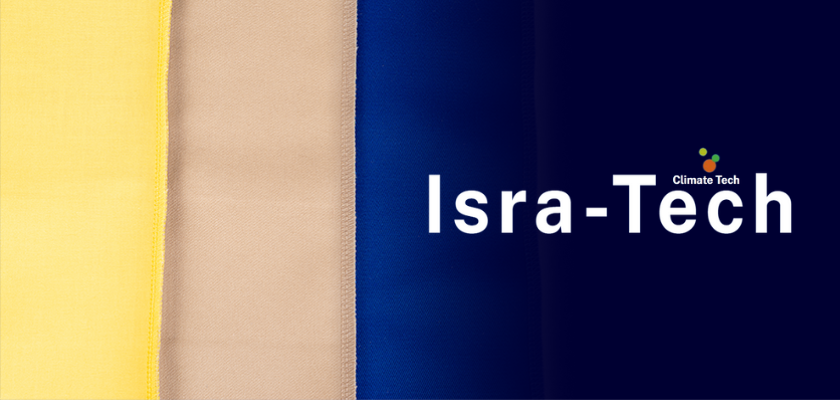If you are not experiencing difficulties in the consumer awareness department, and so far haven’t been convinced that with the right regulations, the textile industry story holds a promise of a sustainable, ethical, and vibrant future – that’s ok. Stay tuned, things are about to get real.
It is no secret that the traditional textile industry has been associated with significant pollution and environmental degradation. At this stage, you can probably guess who’s pointing out the elephant in the room.
Bingo! Regulation has done it again.
Regulation acts as a catalyst for the textile industry’s profound transformation toward reducing its ecological impact . It is not far-fetched to argue that regulation goes hand in hand with innovation.
In the case of the textile industry, legislation mainly focuses on chemical usage, water management, waste management, and carbon emissions. Hence the growing interest in eco-friendly materials, such as recycled polyester, which reduces the environmental impact by minimizing water usage, limiting chemical inputs, and decreasing carbon emissions. Moreover, manufacturers have been investing in cleaner production technologies that prioritize energy efficiency and waste reduction. If by any chance you’ve been invited to take a tour of a textile facility, it is likely you’ll witness advanced water treatment systems, renewable energy sources, or other recycling initiatives.
Along with regulation as a driving force, the textile industry’s sustainability efforts also rely on the collaboration between stakeholders, Industry associations, non-governmental organizations, and certification programs. These entities develop guidelines and standards, conduct audits, and provide certifications. Recognized certifications, such as the ECO Passport (Oeko-Tex®), and the Bluesign system , assure consumers that the products they purchase meet stringent sustainability criteria.












